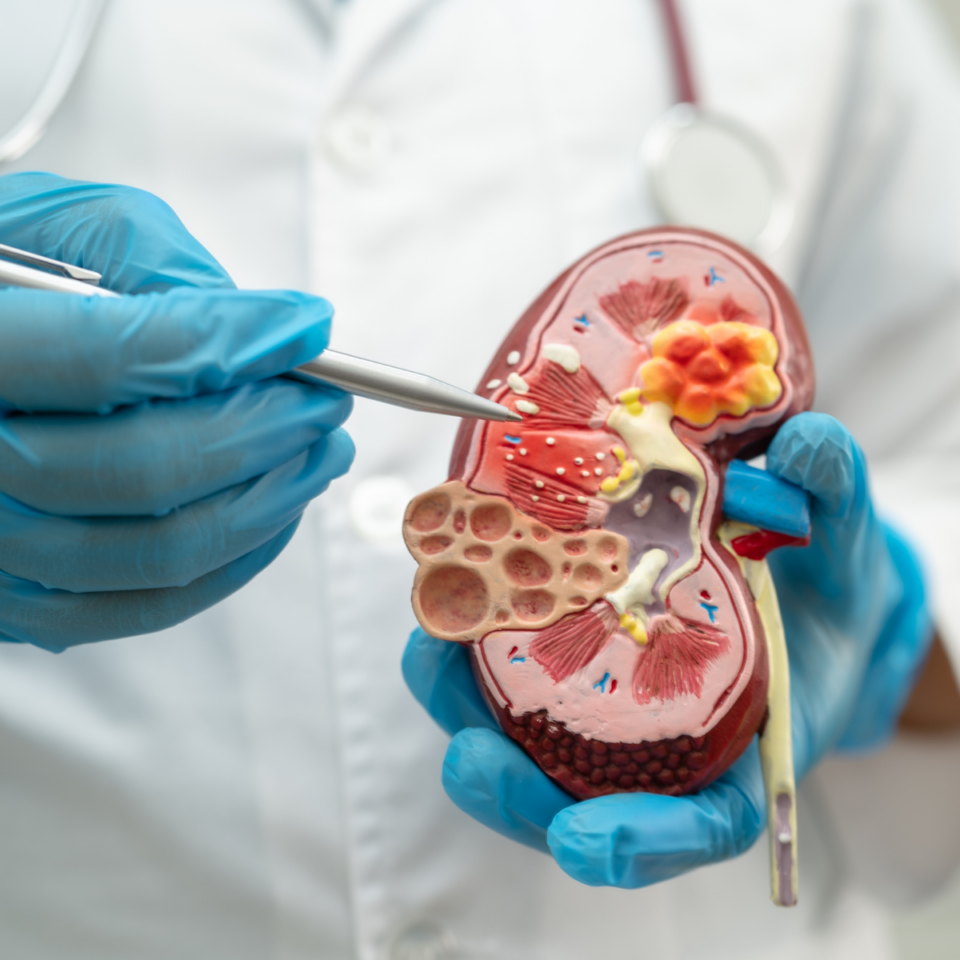Understanding Kidney Disease and the Role of Jardiance in Its Treatment
Kidney disease, particularly chronic kidney disease (CKD), is a prevalent condition globally, affecting millions of individuals. It’s a progressive condition where the kidneys gradually lose their ability to function properly, leading to the accumulation of waste products and fluid in the body. Managing CKD often involves a multidisciplinary approach, including medication, diet modification, and lifestyle changes. Among the medications used, Jardiance (empagliflozin) has emerged as a significant player in the management of CKD, especially in patients with type 2 diabetes.
Signs and Symptoms of Kidney Disease
Kidney disease can be insidious, often progressing silently before symptoms become apparent. However, recognizing the signs early can significantly impact management and outcomes. Here are common signs and symptoms associated with kidney disease:
- Fatigue and weakness: Due to the build-up of toxins in the body that the kidneys can no longer filter out.
- Swelling or edema: Especially in the legs, ankles, and around the eyes, resulting from the kidneys’ inability to remove excess fluid.
- Changes in urination: Including frequency, appearance, and the presence of foam or blood.
- Nausea and vomiting: As waste products accumulate, they can cause gastrointestinal distress.
- Shortness of breath: Fluid buildup can affect the lungs, making it difficult to breathe.
- Persistent itching: High levels of waste products can cause severe itching.
- High blood pressure: The kidneys play a crucial role in regulating blood pressure, and their dysfunction can lead to hypertension.
These symptoms can evolve over time, initially being mild and becoming more severe as the condition progresses. It’s crucial for individuals experiencing these signs to seek medical consultation promptly.
Jardiance: A Recent Treatment
Jardiance (empagliflozin) is primarily known as a treatment for type 2 diabetes but has shown significant benefits for patients with kidney disease. Here’s a detailed review of Jardiance:
- History and FDA Approvals: Originally approved for the treatment of type 2 diabetes, Jardiance has been increasingly recognized for its cardiovascular and renal benefits. Recent studies have demonstrated its efficacy in slowing the progression of kidney disease, leading to broader recommendations for its use.
- People Helped: Numerous patients with type 2 diabetes and CKD have benefited from Jardiance, showing improvements in kidney function markers and a reduction in the risk of cardiovascular events.
- Recommended Dosages: The typical starting dose is 10 mg once daily in the morning, which may be increased to 25 mg based on efficacy and tolerability.
- Cost Considerations: Jardiance can be expensive, but insurance coverage, manufacturer coupons, and patient assistance programs can help mitigate costs.
- Free Programs and Governmental Help: The manufacturer of Jardiance offers assistance programs for eligible patients, and governmental healthcare programs may cover the medication under certain plans.
Side Effects and Potential Complications
Like all medications, Jardiance can cause side effects. These may include:
- Urinary tract infections
- Yeast infections
- Dehydration and dizziness
- Hypotension (low blood pressure)
- Ketoacidosis, a serious condition that can occur in people with diabetes
Patients should monitor for these side effects and report any concerns to their healthcare provider immediately.
Dietary Recommendations
Diet plays a crucial role in managing kidney disease. Here are dietary guidelines tailored for individuals with kidney disease, potentially in conjunction with Jardiance treatment:
Foods to Avoid
- High-sodium foods: Salt can increase blood pressure and worsen kidney function.
- High-potassium foods: Damaged kidneys may not filter potassium properly, which can be dangerous.
- Processed meats: These often contain high levels of salt and phosphorus.
- Dairy products: Limit intake due to high phosphorus content.
- Sodas and sugary drinks: These can contribute to unhealthy weight gain and poor blood sugar control.
- Canned foods: Often high in sodium and preservatives.
- Tomatoes, bananas, and oranges: These fruits are high in potassium.
- White bread: It’s better to choose whole grains for their nutrients and fiber.
- Fast food: Generally high in sodium, fats, and calories.
- Alcohol: Can affect blood pressure, liver, and overall health.
Superfoods to Embrace
- Cauliflower: A versatile vegetable that’s low in potassium.
- Blueberries: Packed with antioxidants and nutrients.
- Sea bass: A great source of high-quality protein with less phosphorus than other meats.
- Garlic: Adds flavor without the need for salt.
- Buckwheat: A good alternative to grains that are high in phosphorus.
- Olive oil: A healthy source of fat.
- Arugula: Low in potassium and high in vitamins.
- Macadamia nuts: Lower in phosphorus compared to other nuts.
- Radishes: A kidney-friendly crunchy snack.
- Pineapple: A lower-potassium fruit choice for a sweet treat.
Home Remedies
While medication and diet are paramount in managing kidney disease, some home remedies may support overall health:
- Hydration: Ensuring adequate fluid intake can help the kidneys flush out toxins.
- Moderate exercise: Regular activity can improve blood pressure and cardiovascular health.
- Stress management: Techniques such as meditation, yoga, or gentle exercise can reduce stress, which is beneficial for overall health.
Conclusion
Recognizing the signs of kidney disease early and pursuing effective treatments like Jardiance, combined with dietary and lifestyle adjustments, can significantly improve quality of life and outcomes for those affected. While this article provides a comprehensive overview, it’s essential to consult healthcare professionals for personalized advice and treatment plans.

